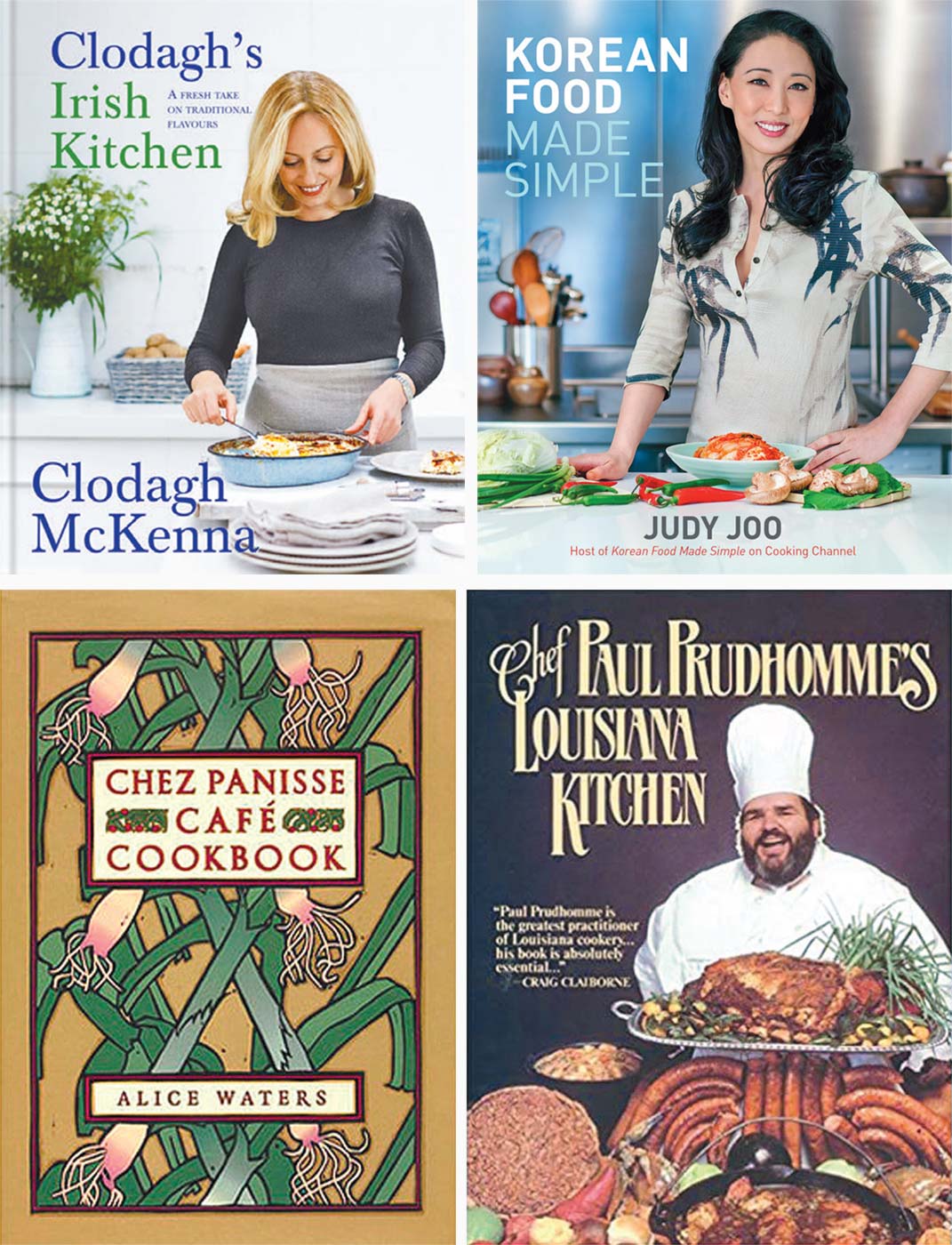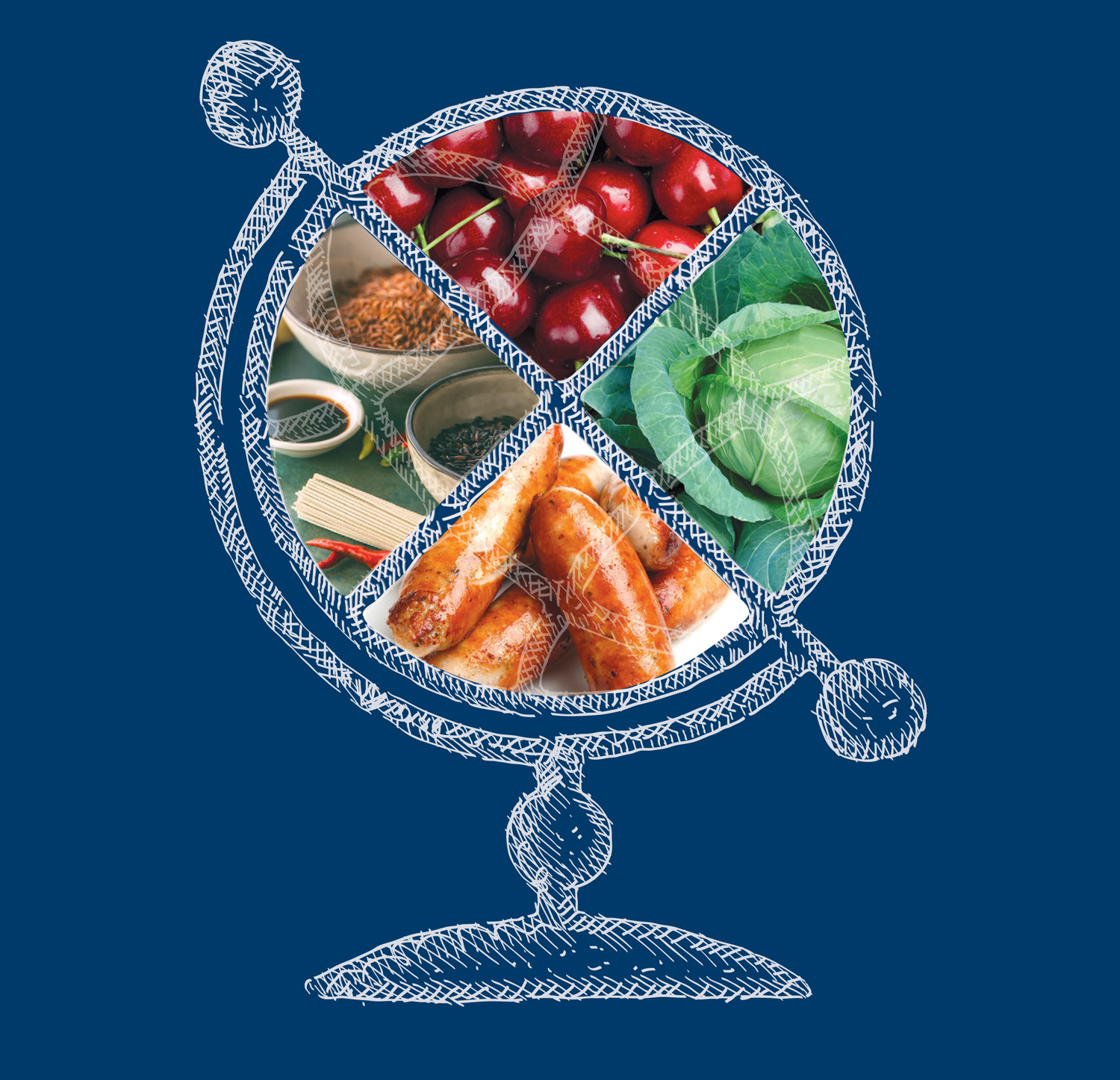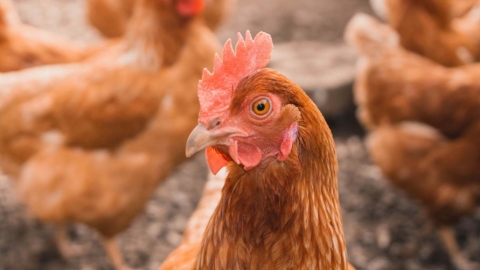Travel through Cookbooks
Settling into year three of the pandemic has not been easy. After two years of avoidance, in January Covid-19 caught me too, despite vaccines, a booster shot, consumption of cod liver oil supplements, lots of KN95 masks, and an extensive hydration plan. My noteworthy immune system was caught in New Jersey’s Omicron tide.
As I lay on the couch, sometime around Day 4 of mercifully mild sickness, I thought of the travel opportunities in my future. Winter in Oslo is high on the list. As is a food festival in Portland (Oregon) and touristy croissants in Paris (France). Every year, the tropics call me down like Sirens, and every year for some or other reason, I don’t go. This year, St. John and its national park campground is on the list of someday places, bookmarked for when this tide recedes.
So, what to do in the meantime? Over my shoulder, every day on Zoom and Teams where I spend my professional life, are my curated cookbooks, selected from the bigger library in the living room. These titles beckon me, like my idle passport, away across the globe and into pages of food photography and writing that require more than a flick of a thumb on my screen. The writers in these pages ask for undivided attention and a cook’s stamina to stick with it, traits of which I have plenty while living with Covid. These books, like countless others, and a little imagination, give us the freedom to travel within the walls of our home kitchens. Here are a few of my favorites, all available at your local bookseller or library:

To Ireland, for St. Patrick’s Day
I’m Irish in the American sense. My ancestors arrived cloaked in fantastical tales lost with the death of my grandfather, the man who had me believing in dragons well past an age of reason. Did he really get handed a red apple and a newspaper as he descended the gangplank at Ellis Island? Oh, it was Hoboken? Great-grandmother had with her only this plastic bag of silverware. And also this set of china. And the name change: attributed to either “too Irish” or “on the wanted list for thieving horses.” What remains in me is a secular love of a place from which I’m pretty sure part of me is descendent and an even greater love of storytelling.
But what about the holiday? I use it to mark the passage of time and enjoy a feast prepared from the pages of Clodagh’s Irish Kitchen by Clodagh McKenna (Kyle, 2015). Clodagh’s Wild Mushroom and Chicken Liver Pâté (page 131) follows my dad’s rule for good recipes: When it calls for butter in sticks, you know it is going to be good. Her straightforward recipe for Butterflied Rosemary and Garlic Roast Lamb (page 171) will fill the house with warmth, which a March holiday often needs in New Jersey. Beet, Blood Orange, Irish Goat Cheese and Hazelnut Salad (page 132) will add an acidic tang and crunch through the richness of the first two dishes (and cellared beets are readily available at the farmers’ markets. Ending with Marmalade and Cardamom Pudding (page 192) will use up the last of the Old-fashioned Whiskey Marmalade (page 222) I made back in February.
For a corned St. Patrick’s Day experience, here’s my how-to, using venison gifted from my hunter friends. This recipe is a multi-day undertaking, perfect for a cold spring week leading up to a big weekend meal. Use the finished venison for Corned Venison and Cabbage. Personally, I love hash and Reuben sandwiches, on homemade rye if I am feeling extra ambitious. Feel free to use a beef brisket if venison is a little too wild for your tastes. Pink salt, or “salt peter,” is the nitrite that keeps cooked meats pink (think: hot dogs). It’s also an ingredient medical and nutrition professionals warn us to avoid; feel free to omit if you are unbothered by brown meat instead.
To Korea, for Burgers
Chef Judy Joo has a burger recipe (page 185) in her book Korean Food Made Simple (Houghton Mifflin Harcourt, 2016) that takes me right back to my days working for Mary Cleaver at NYC’s The Green Table, closed in 2018. Our secret there was bacon ground into local grass-fed beef and housemade kimchi on top. Judy’s recipe calls for pancetta, gochugaru (Korean chile flakes, which you’ll have on hand if you take on kimchi-making—see page 28), doenjang (Korean soybean paste), and gochujang (Korean chile paste). All three are readily available in a well-stocked supermarket or Asian market. Judy calls for the burgers to be cooked in a pan, but I opt for the grill on the first warm-enough evening. Make the Seaweed Shortbread (page 249) as a not-too-sweet end to a spring meal outside.
To Chez Panisse, for Dessert
The foreword to the sweets chapter in Chez Panisse Café Cookbook by Alice Waters (HarperCollins, 1999) is dedicated to fruit and its rhythmic seasonality. It describes spring as the “most difficult time of year.” I can’t agree more, as I tend to loathe the wet, chilly downtime— however necessary for the coming growing season— and I find myself grumbling about the radical swings from promising warmth to dreary cold rain. But, to read Alice Waters’ words on fruit wraps me in the warm promise of hope for Cherry Clafoutis (page 222, also a favorite of Julia Child), Plum and Pluot Galette (page 226), Apricot Bread Pudding (page 234), and Orange- Currant Cookies (page 242)—none of which would be freshly possible without the rainy Northeast spring. And that alone can make me grateful for April.
To New Orleans, for the Past, for Comfort
Speaking of my dad and recipes calling for butter in sticks, I’ll take us next to New Orleans for Mardi Gras through Chef Paul Prudhomme’s Louisiana Kitchen by Chef Paul Prudhomme (William Morrow, 1984). K-Paul’s Louisiana Kitchen on Chartres Street fell victim to the pandemic in 2020 and was widely mourned in the food community, as was the chef’s death in October 2015. This book (my copy dog-eared and smeared with roux and incidentally pressed onion skins stuck in the pages) lives on as a portal to a time before extensive recipe testing and staged food styling. The authenticity here is the chef’s voice (which I hear in my dad’s tenor) teaching you to cook as though you are standing at his shoulder in a hot kitchen while he tells you to how to make a rich stock from a light one, or how your roux progresses from light brown to dark red to black and the appropriate application of each. I love this book for its transportive ability. I’ve taken the liberty of rewriting the Chicken and Seafood Jambalaya recipe (page 218, and in the sidebar) to suit a modern home cook accustomed to tested recipe standards. I do hope the chef approves.








